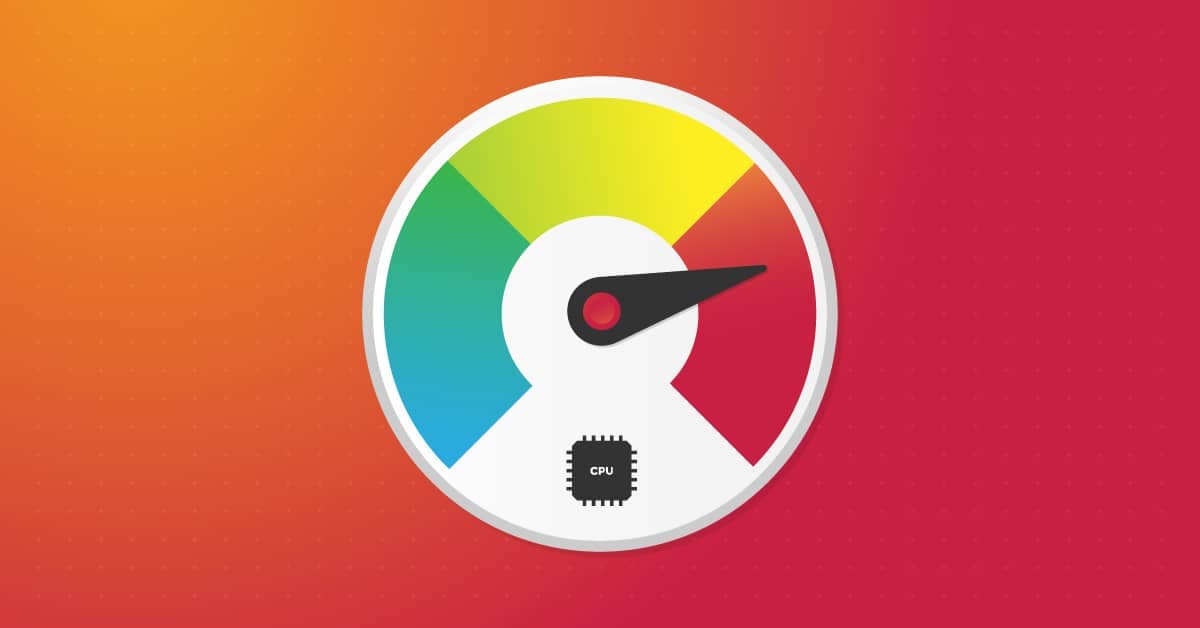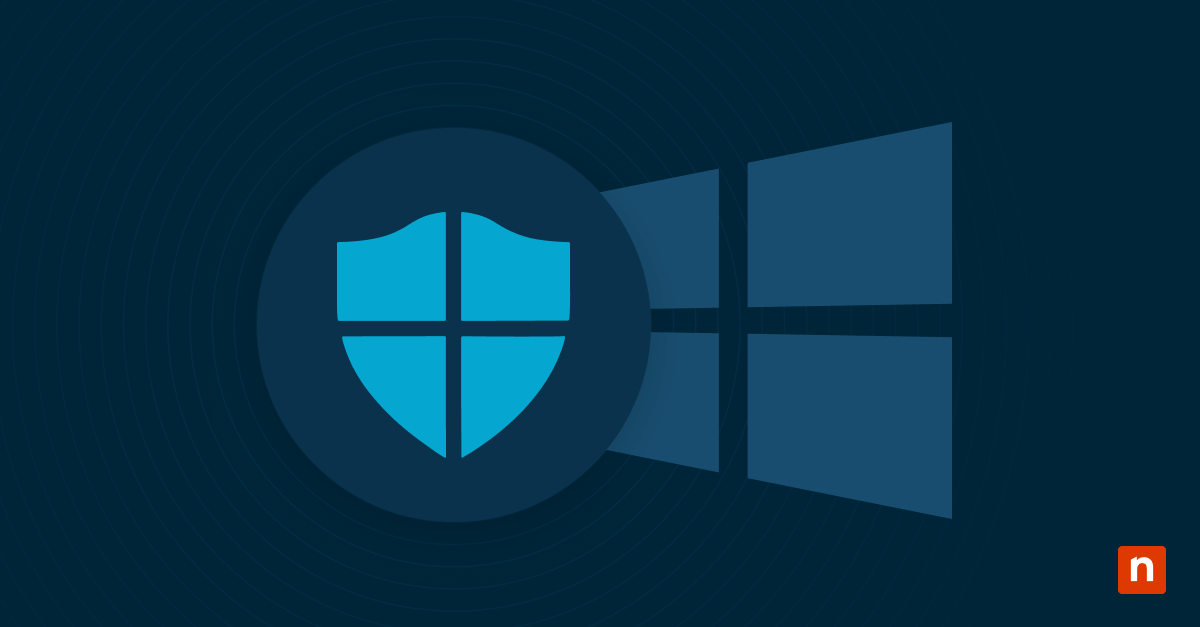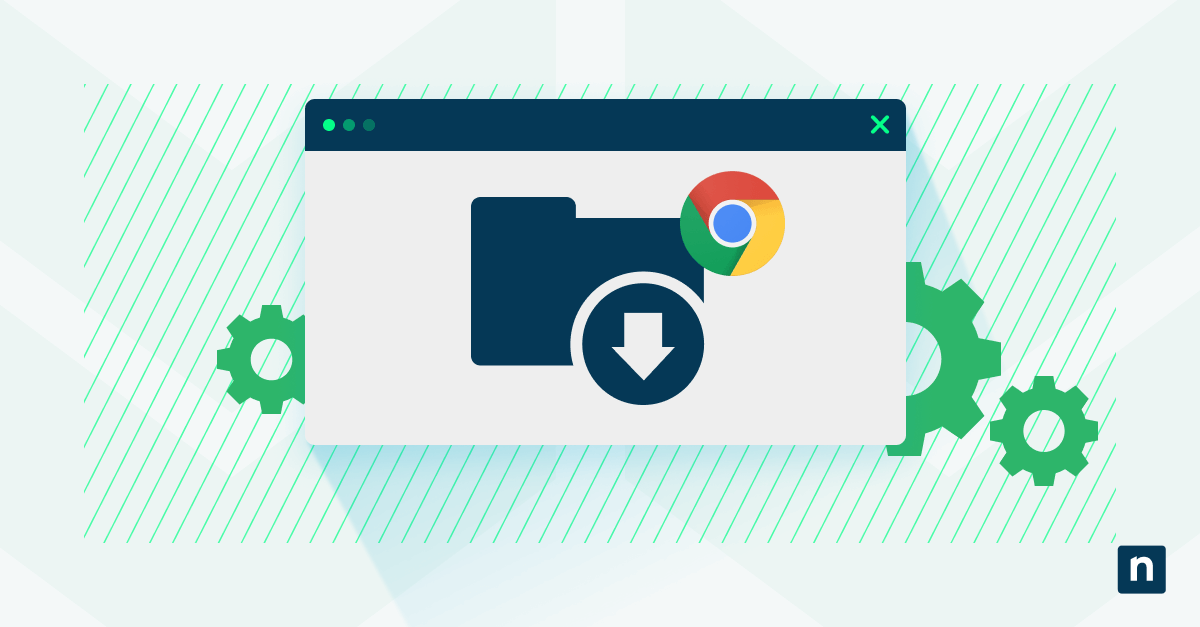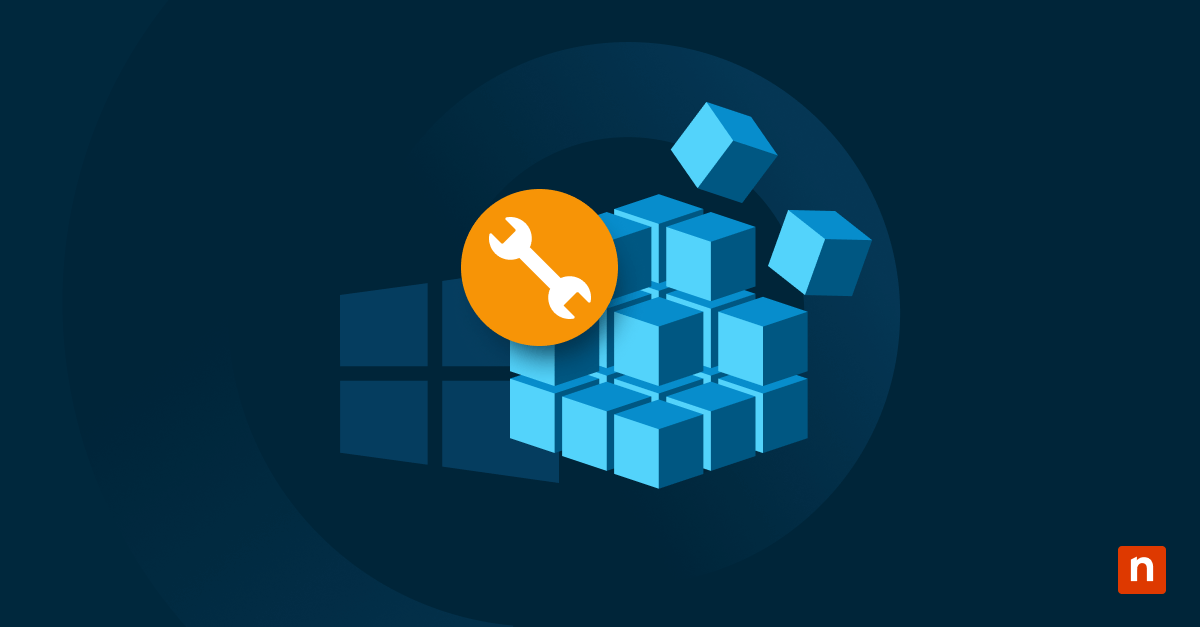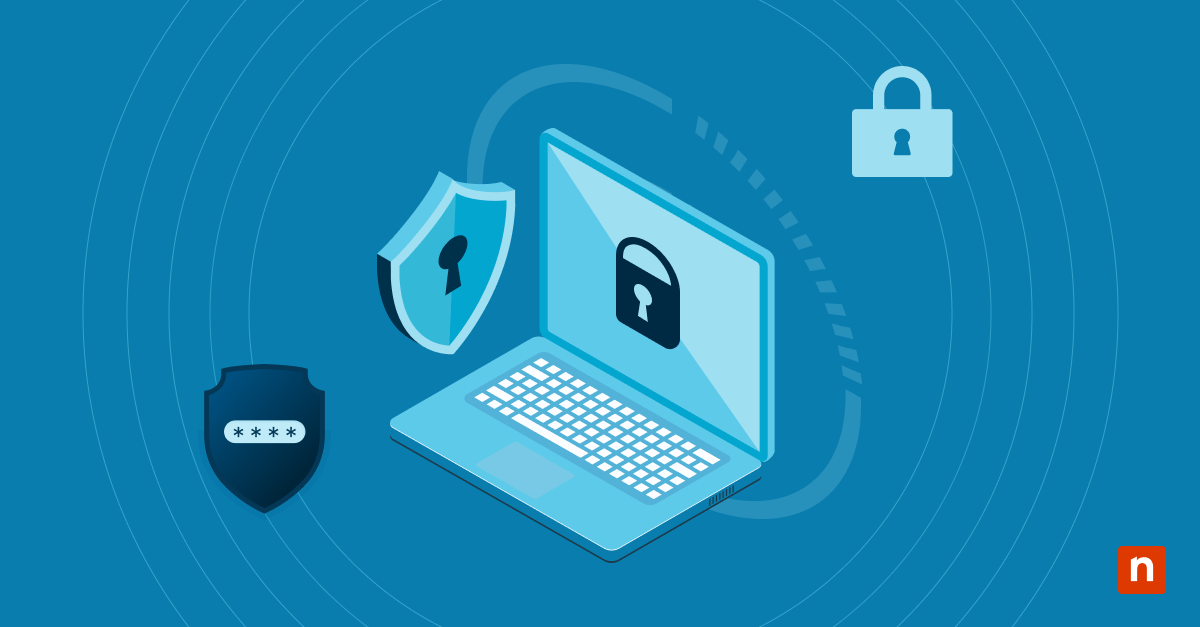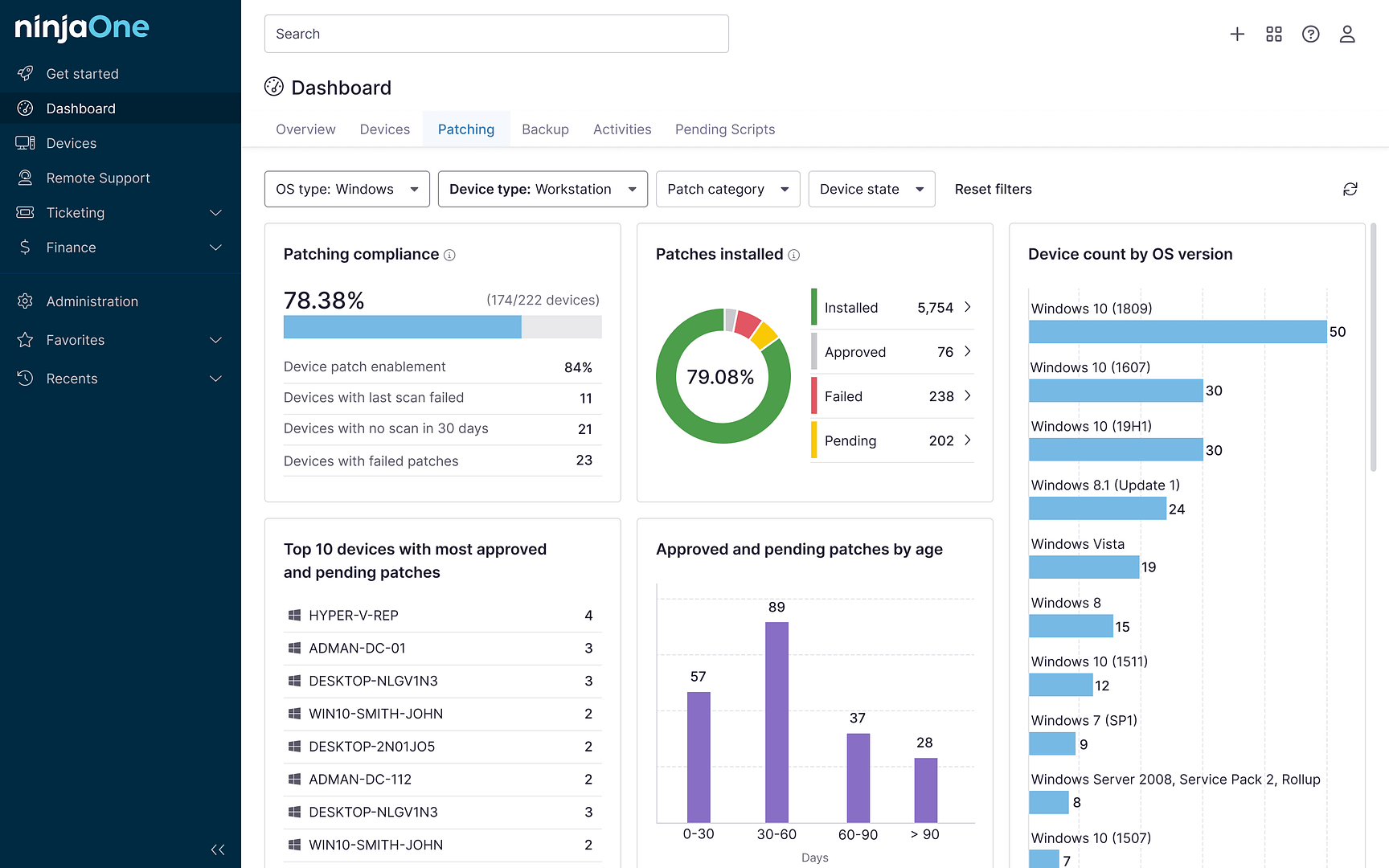The Digital Operational Resilience Act (DORA) sets the digital protection standard for financial institutions operating in the European Union (EU), which involves critical third-party service providers and overseas authorities. This law enforces strict rules to get ahead of modern cyber threats targeting the finance sector, and following this DORA compliance checklist simplifies the compliance journey.
This article outlines the full DORA compliance checklist, key components, and the concrete steps you need to take.
DORA compliance checklist
Before we get started, it’s important to review DORA’s full legislation with your legal team to check if it applies to your organization. Here’s how financial institutions within the EU and critical service providers can ensure total compliance with DORA cybersecurity requirements.
1. Conduct a compliance gap analysis
- Conduct initial review: Do a complete review of DORA’s needs and determine project size and budget for adoption.
- Identify what’s missing: Compare your current digital infrastructure with DORA’s requirements.
- Rank them based on importance: Strategically prioritize the largest “gaps” in your infrastructure.
- Create project plan: Outline potential subprojects and milestones.
- Work on a deadline: Create time-sensitive action plans to “patch the holes” within your framework to get as close as possible to DORA standards.
2. Information and communication technology (ICT) risk management
- Spot the risks: Identify the weakest spots of your Information and Communication Technology infrastructure and document the process.
- Prepare contingencies: Plan how you’ll approach certain incidents, assign responsibilities, and have business continuity procedures ready to go in case your system comes under attack.
- Monitor critical systems: Have eyes on the most important parts of your ICT infrastructure 24/7 to detect/address threats early.
Assess your system’s vulnerabilities, the potential risks, and prepare a vigorous response plan. Disaster risk management is at the very core of DORA, and its main pillars revolve around it.
3. ICT incident reporting
- Identify, escalate, and report: Follow DORA-specific protocols when designing workflows for incident reports and addressing priority.
- Set a timeline: All reports need to be documented, sent, and swiftly escalated to a competent authority designated by the state in the EU.
- Properly report to local jurisdictions: Institutions must report illegal activities (e.g., tax evasion, money laundering) to relevant authorities.
Banks and insurance companies are legally obliged to disclose incidents when they occur in the EU and beyond. As such, third-party ICT companies are almost always involved to speed the process along, and since they are significantly tied to key infrastructure, DORA must also account for these companies.
4. Third-party risk management
- Assess providers for potential risks: Financial institutions must monitor subpar ICT subcontracting deals that can put them in harm’s way.
- Secure tight contracts: Legally binding agreements add a considerable incentive to stick to security and compliance expectations.
- Keep tabs on third-party vendors: Track and monitor each provider’s access to your ICT systems.
- Hold DORA awareness training: Invite third-party ICT providers to DORA compliance seminars to get everyone on the same page.
A good track record is essential when choosing a business partner, and the same rings true for third-party vendors under EU investment companies. This can be further tested via training programs to ensure that everyone is on the same page.
5. Information sharing & collaboration
- Keep an eye on new threats: Join cyber threat intelligence forums and learn from other industries to prepare your organization against new malware.
- Speak on secure lines: Create internal methods of communication and reporting.
- Follow the EU standard: EU regulatory bodies all have cybersecurity standards that payment institutions need to align with. These include the European Union Agency for Network and Information Security (ENISA), which provides expert support to enhance EU cybersecurity and resilience, and the Interinstitutional Cybersecurity Board (IICB), which oversees the implementation of cybersecurity measures.
DORA supports knowledge-sharing on emerging cyber threats across the board to improve the EU’s digital resilience in finance.
6. Digital operational resilience testing
- Test your limits annually: Define recovery point objectives (RPO) and recovery time objectives (RTO) to push the boundaries of your infrastructure’s resilience every year in line with DORA requirements.
- Do security simulations: Threat-led penetration testing (TLPT) simulates real-world cyber attacks to test your defenses.
- Learn from your findings: Review your findings and use them to continuously refine defensive measures and cover your weak spots.
Testing your defenses with simulations of real-life attacks is the best way to measure your organization’s cybersecurity. DORA ICT risk management requires EU financial companies to regularly check their infrastructure for weak points and design new ways to shield client data.
DORA’s key components
Ever wonder how large banks stay safe? Distributed online databases and centralized electronic databases are used as modern-day vaults, and financial institutions follow regulations like DORA to keep their security airtight, safeguarding their clients’ accounts.
The five pillars of DORA compliance:
- ICT Risk Management
- ICT Incident Reporting
- Digital Operational Resilience Testing
- Third-Party Risk Management
- Information Sharing
DORA’s main pillars create a solid framework to keep financial institutions safe. It’s like an instruction manual for digital safety that keeps important businesses like banks and insurance companies bulletproof.
Automating certain policy and endpoint management aspects facilitates the process and gets your organization one step closer to total DORA risk management.
Why financial institutions must comply with DORA regulations
Not following DORA regulations has major consequences for financial institutions operating in the EU. DORA empowers each member state to enforce their own penalties, which may include:
- Large fines
- Inspections and corrective measures
- Public notices
- Cessation of activities
- An expensive remediation process
- Criminal penalties under a member state’s law
In the case of financial entities, aligning with DORA is essential for continued business in the EU, especially since the framework builds on the biggest EU compliance regulations. For example, it follows the lead of ISO 27001 and expands on it with specific measures like third-party management and incident response protocols while complementing Network and Information Security 2 Directive (NIS2) – a directive for system security – through robust cyber threat mitigation. Most importantly, DORA also supports GDPR’s emphasis on overall data privacy while keeping an eye on evolving threats.
Best practices for maintaining DORA compliance
Run a tight ship and get everyone on the same page. Continuously hold training seminars for your staff as well as third-party contractors to update your workforce with the current legal standards in cybersecurity.
Emerging technology can eliminate tedious tasks with the push of a button. To work better and faster, familiarize everyone with the latest tools used to automate security protocols, such as all-in-one RMM software and the very best AI tools.
Finally, enforce DORA-compliant documentation standards across all levels and conduct yearly audits and compliance reviews. You need to stay among the best in the industry, and this is how you prove it to the competition.
Elevate your cybersecurity standards with a DORA compliance checklist for financial institutions
To accomplish your DORA compliance checklist, find and address weak points, report incidents in a timely manner to the authorities, and simulate real-life attacks on your system to test the limits of your cybersecurity. You must also evaluate third-party vendors. Participate in worldwide cyber threat intelligence exchanges to stay vigilant against new and emerging threats.
Adopting this framework keeps banks and insurance companies proactive towards their cybersecurity, lessening the chances of vulnerability and strengthening trust with stakeholders. Not only does it align with international regulations, but it also positions your organization as a leader in cybersecurity, attracting more customers to do business with you.

